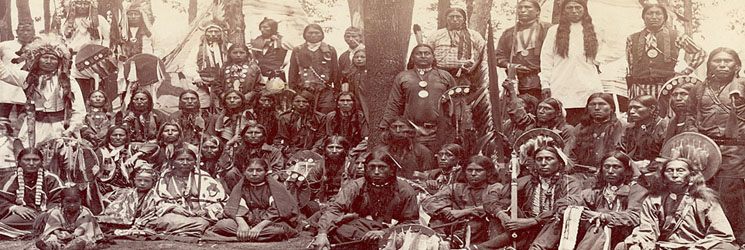
(April 10, 1796 – March 6, 1836),
James “Jim” Bowie was a nineteenth-century Kentucky born frontiersman, settler and adventurer-turned-soldier.
He fought for Texas in the Texas Revolution of 1835-36 and died in defense of the Alamo, but at the time of the siege, he lay sick from typhoid pneumonia. He was killed when Mexican troops overran the mission.
Although born in Kentucky, he spent most of his life in Louisiana, where he was raised and later worked as a land speculator. He first gained prominence in 1827 during what became known as the “Sandbar Fight”, a duel between two other men that deteriorated into a melee in which Bowie, having been shot and stabbed, killed the sheriff of Rapides Parish with a large knife.
There is disagreement among historian as to whether the knife used in this fight was the same kind of knife now known as a Bowie knife. Jim’s father, Rezin Bowie, claimed to have invented the knife, and many Bowie family members and authorities agree with that claim. Rezin Bowie’s grandchildren, however, claimed that Rezin merely supervised his blacksmith, who actually created the knife.

After the Sandbar Fight, and subsequent battles in which Bowie successfully used his knife to defend himself, the Bowie knife became very popular and it was copied by craftsmen and manufacturers everywhere. Major cities of the Southwest had “Bowie knife schools”, which taught “the art of cut, thrust, and parry.”
By the early 1830s many British manufacturers were also producing Bowie knives for shipment to the United States. The design evolved over the years and today a Bowie knife is generally considered to have a blade 8.25 inches long and 1.25 inches wide, with a curved point.
After moving to Texas in 1830, Bowie became a Mexican citizen and married the daughter of the vice governor of the province. During a expedition to find the lost San Saba mine, his small party repelled an attack by a large Indian raiding party, no small feat.
At the outbreak of the Texas Revolution, Bowie joined the Texas militia, leading forces at the Battle of Concepcion and the Grass Fight. In January 1836, he arrived at the Alamo, where he commanded the volunteer forces until an illness left him bedridden.
Despite conflicting accounts of the manner of his death, the most popular, and probably the most accurate accounts maintain that he died in his bed on March 6th, after helping defend the fort and emptying his pistols into several Mexican soldiers.





